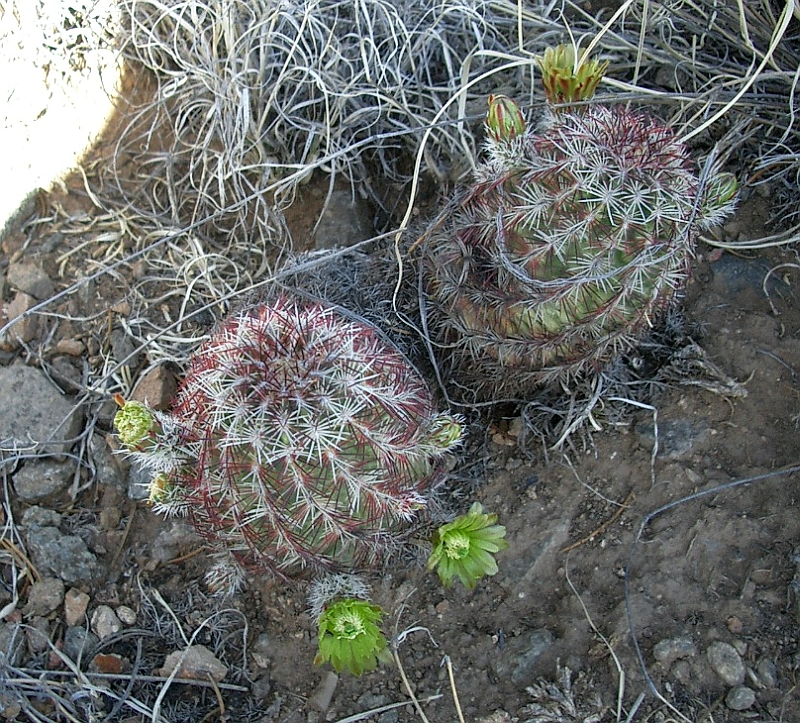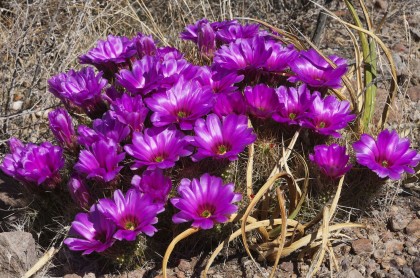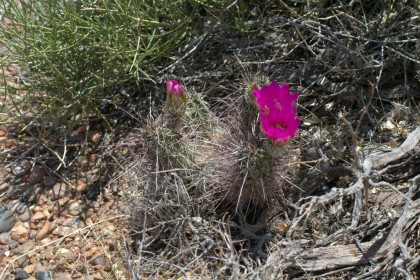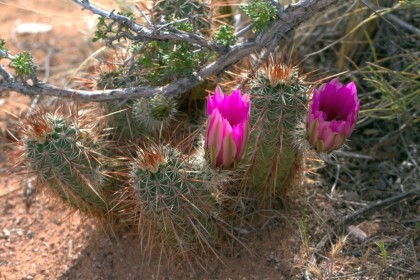Introduction
Grass and brush fires occur regularly but sporadically in most parts of the country. They often clear an area of plants allowing seeds of other species in the soil to germinate.
The Details
Several hundred acres of juniper grassland burned in the mountains of New Mexico in the early 1990s. Two species of Echinocereus grew in the burned area: E. fendleri var. kuenzleri and E. viridiflorus. Mortality was very high for both species–there were few or none left in the burned area after the fire.
In a few years later there were some plants of each species in the burned area, but they were not as common as in the adjacent unburned area.
The author concluded that both species have a high mortality in fires and that both are slow to reestablish after a fire. He also concluded that the new plants in the burned area were from seeds and did not represent regrowth of burned plants.
The fire damage might serve as an estimate of what happens when cacti are over collected in an area. They are very slow to recover. Desert plants are slow growing in general.
Additional Reading: Fire and Echinocereus







